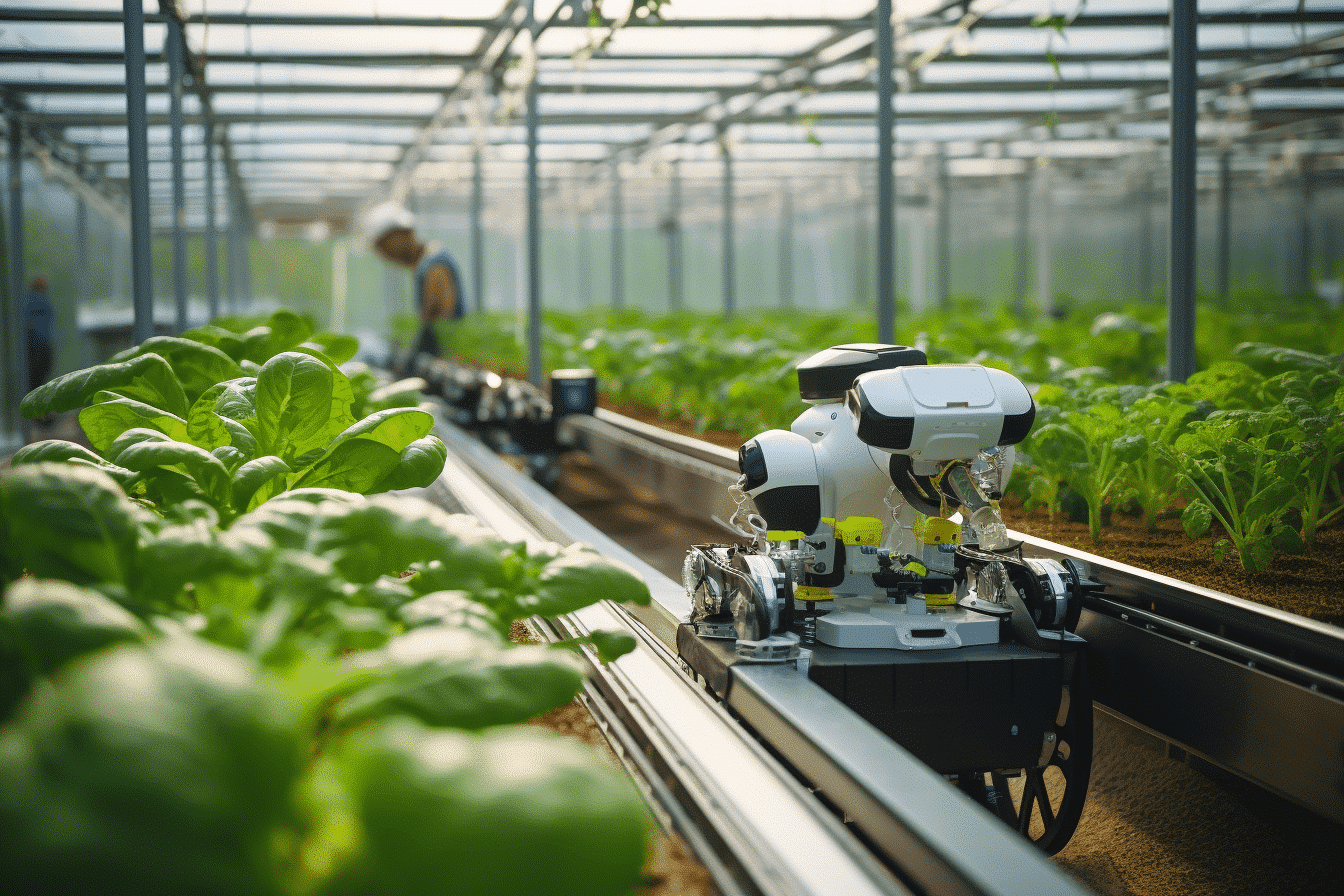In central India, where the agrarian community is the backbone of the local economy, the erratic whims of climate have been a source of constant worry. With severe droughts leading to substantial crop losses, farmers are grappling with the dire consequences of extreme weather conditions. However, the introduction of an advanced AI platform by ClimateAi may signal a transformative shift in agricultural planning and resilience.
Harnessing AI for Agriculture
ClimateAi, a vanguard startup from Silicon Valley, has pioneered an artificial intelligence platform specifically designed to gauge the susceptibility of crops to the increasingly volatile climate. By analyzing extensive data on climate, water, and soil, the tool predicts the viability of agricultural landscapes over the next two decades.
In Maharashtra, India, a case study in 2021 demonstrated the platform’s utility. Farmers, by entering data about their crops and intended planting areas into the ClimateAi app, received crucial information about future conditions, leading to informed decision-making.
Adapting to Climate Predictions
The AI simulations conducted by ClimateAi painted a stark picture for tomato growers in the region, predicting a 30% decrease in tomato output over the next 20 years due to extreme heat and drought.
This critical insight spurred a strategic shift among farmers, who began adopting more climate-resilient seed varieties and tweaking their planting schedules. The agility afforded by AI technology significantly reduced the time and cost typically associated with adapting to changing climatic conditions.
A Multifaceted Tool for Climate Solutions
Artificial intelligence is not just revolutionizing the agricultural sector; it’s poised to redefine the approach to combating climate change across various industries. With its superior predictive capabilities, AI is streamlining processes ranging from weather forecasting to the optimization of renewable energy sources.
It is instrumental in accelerating the discovery and implementation of climate change solutions, such as the identification of optimal locations for seagrass replanting or the prediction of wind power availability, thereby increasing the efficiency and efficacy of renewable energy sources.
The Environmental Cost of AI Innovation
Despite the promising applications of AI in mitigating climate change effects, there is a notable environmental cost to its deployment. The operation of data centers, which are essential for running AI models, demands a substantial amount of energy, often sourced from fossil fuels, and significant water use for cooling purposes. However, initiatives like Amazon Web Services’ commitment to become water positive by 2030, and strategic planning for data center locations, are steps toward mitigating these environmental impacts.
The Future of AI in Climate Action
The intersection of artificial intelligence and climate change strategy represents a burgeoning frontier with vast potential.
As AI continues to offer groundbreaking tools for predictive analysis and efficient resource management, it is critical to balance its benefits with its environmental footprint. With careful consideration by policymakers and a focus on sustainability, AI technology could prove to be an indispensable ally in the global fight against climate change.
The journey towards harnessing AI’s full potential in climate action is just beginning, and the path forward promises significant impacts for businesses and humanity alike.




